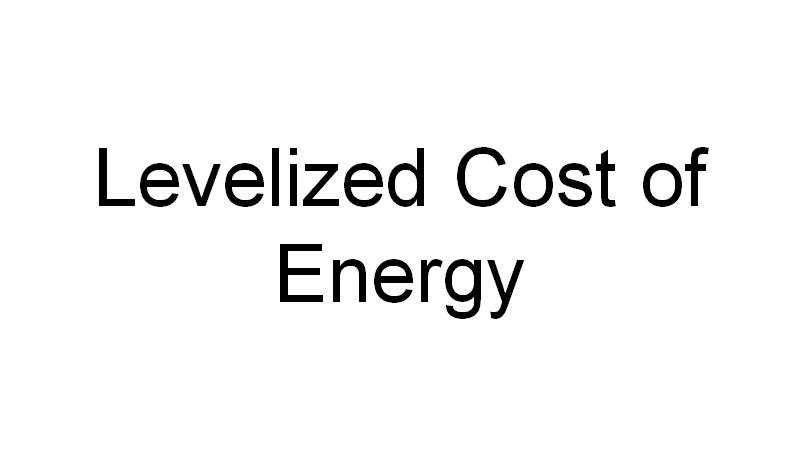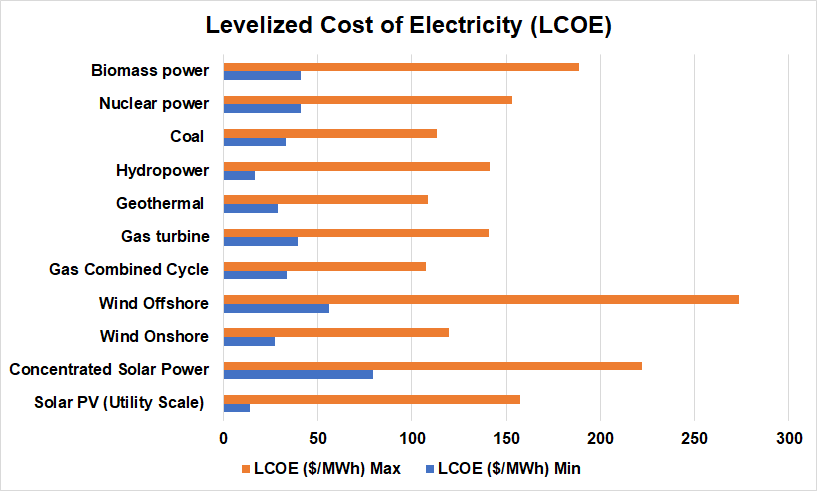

Accelerating decarbonization has been focused on our world. Numerous companies deploy their ambitions, direction, etc. about how they do (sometime not do), what they are. Many renewable energy projects have been developed (Nuclear, Wind, Solar, etc.) in different stages frequently measured using indicating things such as TRL combined with feasibility study.
Why is LCOE important?
Roughly comparing energy projects, Levelized cost of energy (LCOE) has been popular for providing the preliminary benchmarking that it is a useful tool for policy makers, investors, and energy companies to evaluate the costs and benefits of different energy sources and methods, which make simply and quickly decisions about the deployment of energy generation technologies.
What is the definition of LCOE and How do we calculate it?
Levelized cost of energy (LCOE) is the indicator to measure the average total cost of generating energy from a specific source over total electricity generation over its lifetime.
LCOE = [Net present value (NPV) of total cost of the energy-generating system over lifetime] / [Net present value (NPV) of Total energy produced over the lifetime of the system]
“Net present value (NPV) of total cost of the energy-generating system over lifetime” could be calculated following simple factors:

There are two major LCOE methods are used:
Some of LCOE Report and Study


LCOE: Disadvantage












